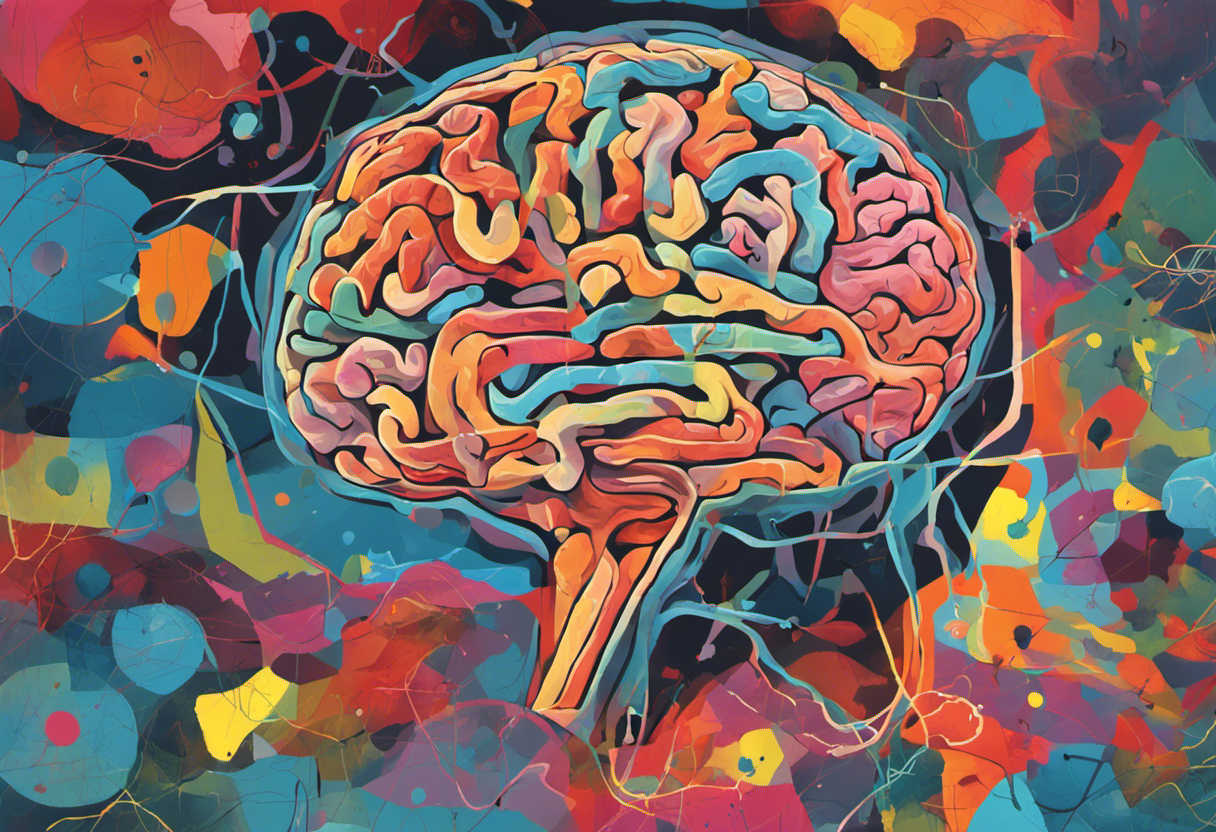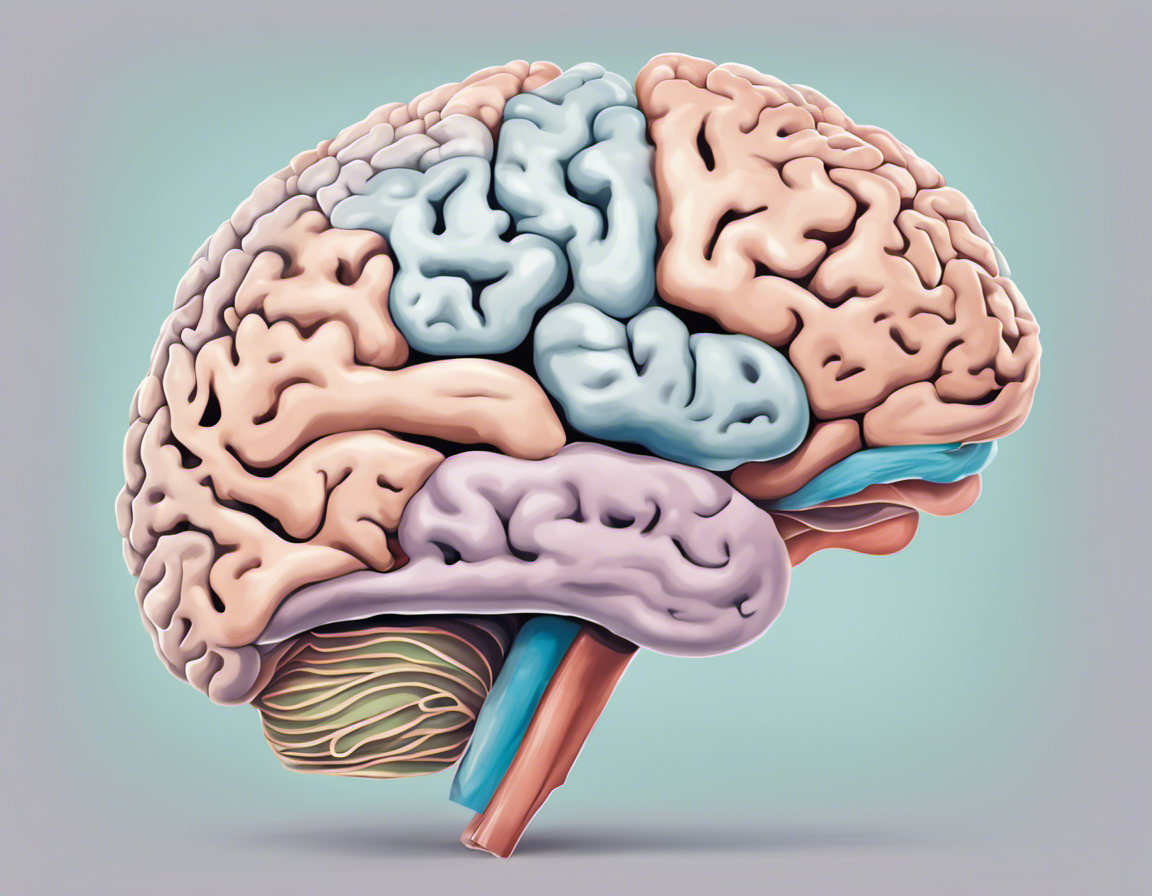ADHD Uncovered: From Symptoms to Home Strategies

Have you ever felt exasperated trying to keep up with an overactive child or a scatter-brained friend? You may be dealing with Attention Deficit Hyperactivity Disorder (ADHD). ADHD, often misconstrued and misunderstood, is not a sporadic occurrence but a chronic condition that affects several aspects of an individual’s life. The boisterousness, inattentiveness, or impulsive behavior that sets them apart can be challenging for the person living with it and those surrounding them.
In this article, we’re about to uncover the realities of ADHD – from understanding its symptoms to debunking the associated myths. More significantly, we’ll guide you on converting challenges into opportunities by curating an ADHD-friendly home environment. We aim to equip readers with knowledge and practical strategies that can enhance daily functioning and positively contribute to their relationships.
Just remember: knowledge is power. So buckle up because we’re about to dive head-first into a profound journey that will fundamentally change your perception of ADHD.
Understanding ADHD
Attention Deficit Hyperactivity Disorder (ADHD) is a neurodevelopmental condition often associated with decreased attention spans, impulse control, and hyperactivity. But what is it exactly? And how do these symptoms evolve through the day-to-day life of those affected?
Definition and Symptoms of ADHD
Described in the simplest terms, ADHD represents a group of behavioral symptoms that can manifest in an array of patterns to different degrees. The most common traits include trouble focusing on one task, difficulty sitting still for long periods, and acting without thinking – hence the “hyperactivity”.
Individuals diagnosed with this condition may exhibit some or all of these characteristics on varying levels. Swinging moods, forgetfulness, disorganization, and issues dealing with stress are also part of the symptom list. It’s worth noting that each person’s experience could be unique.
Impact on Daily Life
Living with ADHD affects an individual’s daily functionality quite extensively. Trouble focusing can undermine academics or employment performance; restlessness can affect sleep quality; impulsive behavior might impact relationships negatively. In essence, ADHD might throw several hurdles in a person’s way to lead a routine life.
However, acknowledging and understanding this condition brings us a step closer to taking effective measures to manage it, leading us to common misconceptions about ADHD.
Common Misconceptions About ADHD
Over time, many misconceptions have been developed regarding ADHD. Some believe that only children suffer from this disorder or perceive it as simply ‘bad behavior’. Others label it as an outcome of poor parenting or blame it on excessive sugar consumption or TV. Unfortunately, these notions paint an excessively simplistic picture while largely ignoring scientific evidence.
Debunking Myths with Facts
Let us attempt to debunk some myths surrounding ADHD:
- Myth: Only kids struggle with ADHD.Fact: Although symptoms might first appear during childhood, ADHD can persist through adulthood and impact every facet of an individual’s life.
- Myth: It’s solely a result of bad parenting.Fact: While a chaotic home environment may enhance symptoms, ADHD is majorly a result of genetics and factors influencing brain development in its early stages.
- Myth: Higher sugar intake or excessive screen time causes ADHD.Fact: There’s no concrete evidence supporting these claims. The cause lies more in the sphere of genetics and nervous system functioning.
Only through factual understanding and empathy can we support those living with ADHD to navigate life more effortlessly.
Conclusion
In a world where misinformation spreads virally, it is more crucial than ever to discard the myths surrounding ADHD. This complex neurodevelopmental condition shapes daily life for many in ways that go beyond common stereotypes. Remember, empathy and understanding are the key ingredients in creating a supportive environment for those living with ADHD.
Having dispelled popular misconceptions about ADHD, we hope you come away with a clearer understanding of what it truly means to live with this condition. We encourage you to share this knowledge and let it guide your actions and conversations, contributing to a more informed and compassionate society.
Don’t stop here—continue researching and deepening your understanding of ADHD. Together, we can combat ignorance, foster empathy, and ultimately reveal the immense potential of individuals with ADHD inhabiting our diverse world.




Comments